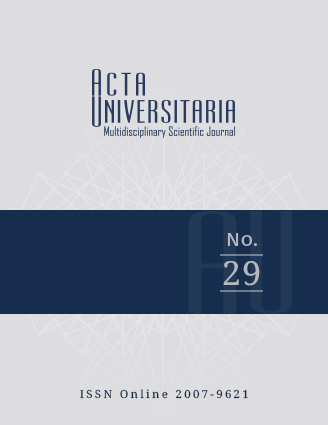Risk of salinization and sodification of irrigated soils in the Lerma River basin
Published 2019-09-09
How to Cite
Abstract
Factors as agricultural development, the presence of important industrial centers and a population of more than 15 million inhabitants in the Lerma River basin generate wastewaters which are poured into the Lerma River course. This study was carried out to evaluate the quality of the Lerma River water and to estimate the risk of salinization and sodification of the irrigated soils in the basin. Electrical conductivity (EC) was less than 1.252 dS m-1 and water was classified as bicarbonated-sodic, with a medium-low risk of salinity-sodicity (C2-S1, C3-S1). The minimum and maximum sodium adsorption ratio (SAR) values were 2.80 mmol L-1 and 7.63 mmol L-1, and the estimated maximum exchangeable sodium percentage (ESP) was 11.42. Based on the results of this research, the Lerma River water may induce salinization and sodification processes in the irrigated soils.


